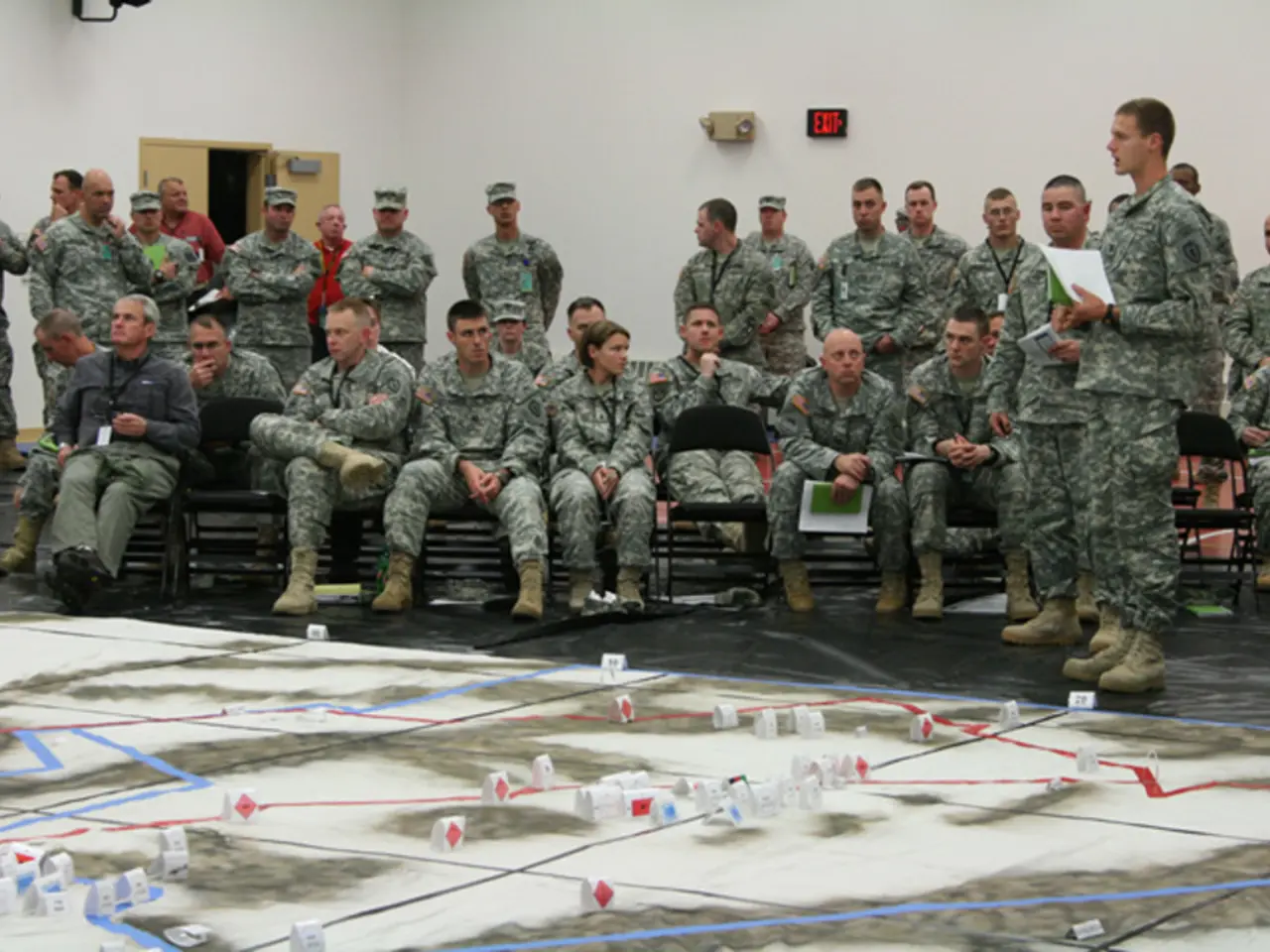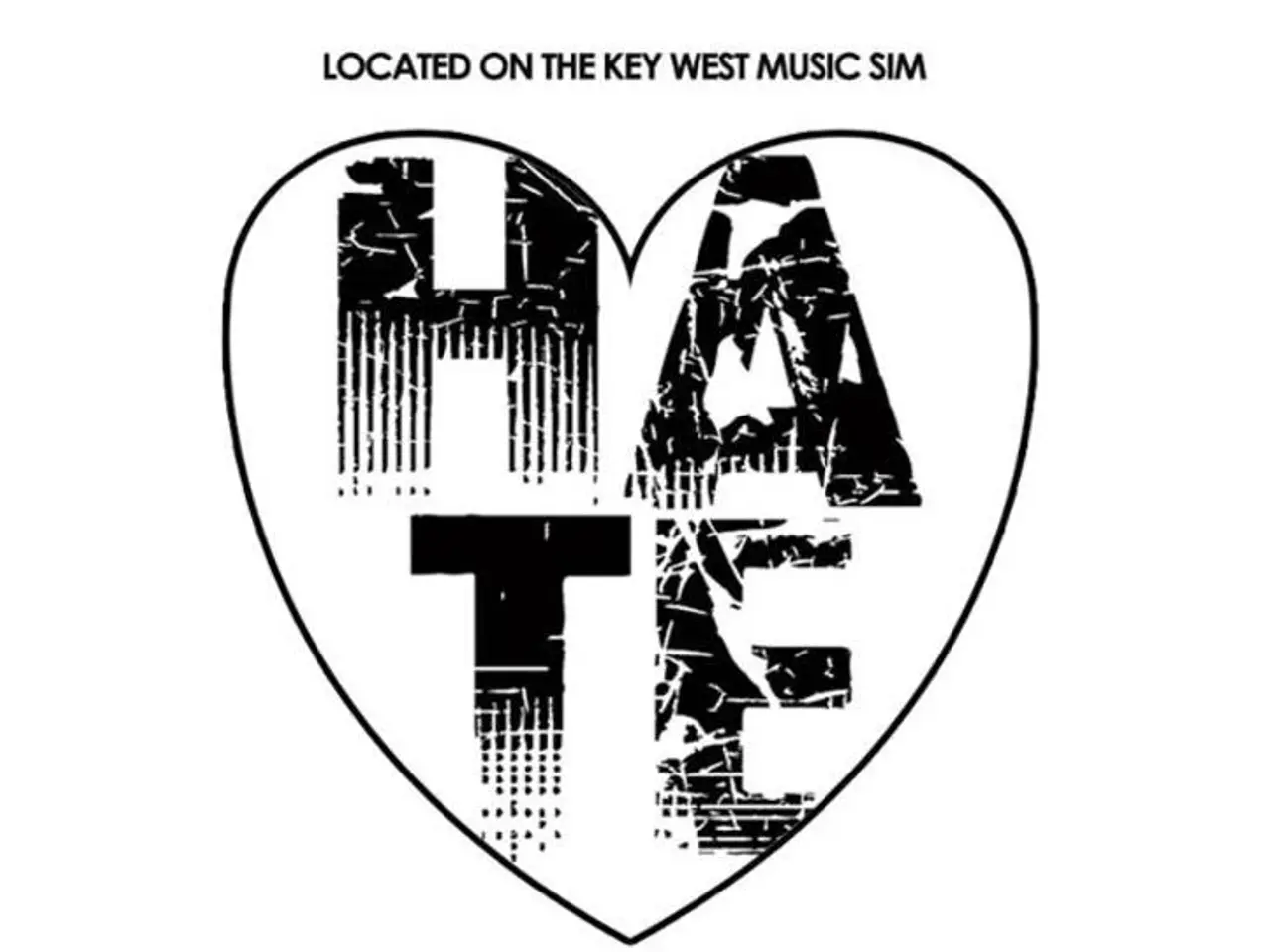Aerial relief efforts initiated by multiple nations in Gaza, with Trump's representative touring aid distribution centers in the Gaza Strip.
The ongoing crisis in Gaza continues to escalate, with more than 2 million people relying fully on food assistance amid widespread displacement and destruction. The situation is dire, with food aid entering the region through limited border crossings, but deliveries are only half of what is requested due to logistical bottlenecks, delays, and damaged infrastructure.
According to humanitarian agencies, the threat of famine is critical. Widespread hunger, acute malnutrition, especially among children, and starvation-related deaths are on the rise. The agencies emphasize that starvation is not due to a lack of food globally, but rather because of blocked access, collapsed local food systems, and loss of livelihoods.
The complexities of the situation suggest that ground delivery continues to face grave difficulties, including long delays, damaged roads, and crowds gathering near aid convoys, increasing the risk of violence and chaos. Humanitarian actors are urgently calling for a ceasefire to enable safe, reliable, and sustained aid access.
Aerial food drops have not been highlighted as a primary aid mechanism due to practical and safety concerns amidst active hostilities. The Gaza Humanitarian Foundation (GHF) aid distribution centers, however, have been a source of concern, with hundreds of Gazans killed near these centers by the Israeli Army since May 27. Over a thousand Palestinians have died from gunshots during aid distributions since May, when the GHF took over the management of aid.
Mortality victims from air package falls have also been reported, with several Palestinians dying as a result of these drops due to parachutes failing to open. The United Nations has rejected the operation of these distribution points, stating that they constitute a "militarization" of humanitarian aid.
The broader humanitarian community advocates for secure passage for convoys rather than aerial drops, which are typically considered less reliable and harder to coordinate safely in such dense urban environments. According to UNRWA Commissioner-General, Philippe Lazzarini, air drops are at least 100 times more expensive than trucks and transport twice the amount of aid than planes.
Oxfam's policy lead in the occupied Palestinian territories, Bushra Khalidi, has declared that Gaza doesn't need parachutes; it needs justice, access, and an end to the Israeli siege. Several countries, including Spain, Germany, France, Jordan, and the United Arab Emirates, have initiated aerial food drops over the Gaza Strip. However, images and videos depict chaos around the launches, exacerbating the current suffering in Gaza.
The Gazan population is on the brink of famine as Israel barely allows trucks into the enclave. The United States Middle East envoy, Steve Witkoff, has stated that the US intention is "to develop a plan to deliver food and medical aid to the Gaza population." The Spanish Minister of Foreign Affairs, José Manuel Albares, has stated that this shipment of aid is "a drop in the ocean" to alleviate the hunger induced by Israel in Gaza.
Authorities warn that these figures do not include the thousands of bodies still buried under the rubble of devastated Gaza. Over 1,300 Palestinians have been shot and killed by the Israeli Army while seeking food in Gaza. The priority remains sustained, safe, and scaled-up humanitarian access to prevent further starvation and loss of life.
The average cost of airlifts for delivering aid to Gaza is 100 times more expensive than using trucks, according to UNRWA Commissioner-General Philippe Lazzarini. The situation in Gaza, marked by the threat of famine and widespread hunger, is not due to a lack of food globally but because of restricted access, collapsed local food systems, and loss of livelihoods.







